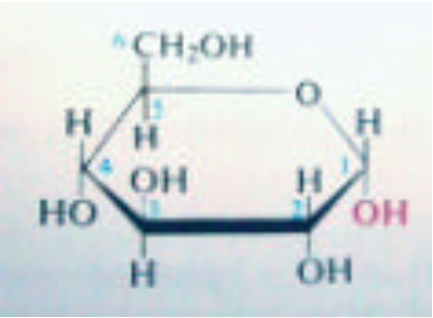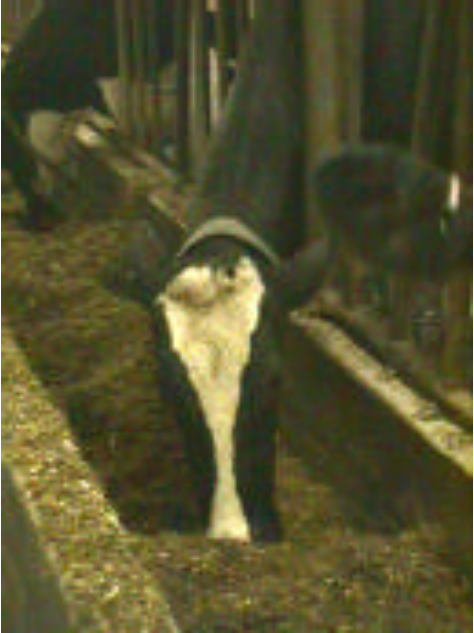By Patrick Hoffman
Introduction
Enzyme addition to silages has received considerable attention over the past decade. Their primary function is to break down forage fiber during fermentation, rendering the silage more digestible during feedout. The breakdown of fiber into soluble sugars also helps bacteria produce lactic acid, which helps to lower silage pH.
There are many enzyme products on the market for use in silages. This article will explain the function and use of enzymes in preserving silages and enhancing feed utilization in dairy animals.
What is an enzyme?

An enzyme is a naturally occurring protein that catalyzes chemical reactions in biological systems. Enzymes promote the breakdown of complex feed molecules
into smaller chemical fractions such as glucose or amino acids that are digestible by the ruminant animal. As an example, the enzyme cellulase initiates the breakdown of cellulose (fiber) into sugars.
What types of enzymes are used in silage additives?
Common enzyme-based silage additives contain cellulases, hemicellulases, xylanases, amylases, and pectinases. Cellulases, hemicellulases, and pectinases are enzymes that degrade the fiber portion of forages. Amylase breaks down starch (amylose) – therefore its use would be directed towards starch containing silages such as corn silage.
Do enzymes break down forage fiber?

A number of studies have reported reductions in neutral detergent fiber (NDF) by using enzyme-based silage additives. Observed NDF reductions have been more consistent in grass silages as compared to alfalfa silage. Research data also suggests that hemicellulases and pectinases are more effective than cellulases at reducing fiber content. Unfortunately, hemicellulases and pectinases break down fiber fractions (hemicellulose, pectin) that are more easily digested by ruminants. Consequently, these enzymes reduce the concentration of digestible NDF fractions rather than the indigestible NDF fraction cellulose.
Do enzymes improve animal performance when added to silage?
To date research results have been mixed and no clear trend has emerged. Some studies have demonstrated improved animal performance (i.e., greater milk yield), while others have shown no benefit to feeding enzyme-treated silages. A number of studies have shown improved dry matter intake when animals were fed enzyme-treated silages.
Do enzymes aid silage fermentation?
Enzymes can improve silage fermentation when the substrate (e.g., sugars) is limiting. Soluble sugars are required to help bacteria produce lactic acid, which is required to lower silage pH for proper fermentation. Generally, enzyme addition to silages has a small positive effect on fermentation.
Can enzymes be added directly to the feed mixture?
Interestingly, current trends in enzyme technology involve incorporating enzymes directly into total mixed rations (TMRs) or silages prior to feeding. Initial research has observed some positive effects using this method. The economics of this practice have yet to be determined.
What is the bottom line for using enzymes with silage?
It is evident that enzymes can be effective in enhancing animal performance. However, the commercial use of enzymes with silages or TMRs has been limited by the lack of consistently positive results in research studies and the high cost of enzyme-based silage additives.
Enzyme technology continues to improve. New products designed for ruminants and for specific types of feed will increase the potential for profitable use of enzymes with silages. Promising enzyme technologies should be evaluated by producers on a case by case basis from independent research results until clearer animal performance and cost to benefit ratios emerge. Producers should be aware that some bacterial inoculants contain low levels of enzymes. Often these levels are not sufficient to create the effects described in this paper.
Source:uwex.edu